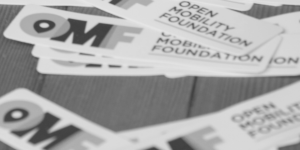After more than a year of planning, research, and open development, we’re excited to share that the MDS 2.0 release candidate is now available for public review and use. Slated for official release in May 2023, MDS 2.0 represents a significant advancement in OMF’s mission to transform mobility in the digital age. As the release candidate makes its way through OMF’s governance process, learn more about what to expect from this new version.
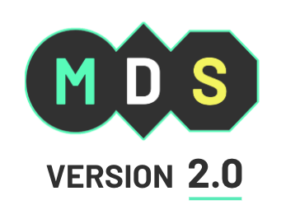
TRANSFORMING MOBILITY IN THE DIGITAL AGE
The Mobility Data Specification (MDS) was initially developed in 2018 to serve as a common digital language between public agencies and private mobility providers, equipping cities with the information they need to improve the safety, equity, and quality of services on their streets while providing a consistent playbook for mobility providers.
Since then, more than 160 cities and public agencies around the world have been using MDS to manage shared mobility programs and improve transportation systems for the public’s benefit. For example:
- Increasing access and equity: Cities use MDS to establish and measure the impact of equity programs that require service availability, especially to residents in historically underserved areas
- Ensuring safety and compliance: To protect pedestrians and ensure access for people with disabilities, cities set speed limits or otherwise limit where certain vehicles or devices may operate or park. MDS allows cities to measure compliance with these rules and take action when mobility operators do not comply, creating safer, more inviting public spaces
- Infrastructure planning: Route data from MDS allows cities to improve safety through better infrastructure planning, and measure the efficacy of their investments
- Supporting public transit: Cities rely on MDS to understand how mobility services support public transit access, and to encourage that modal link to further their climate and equity goals
As our urban transportation systems continue to incorporate more and more digitally-enabled ways of moving around, public agencies need a more adaptable tool set to ensure that everyone has their transportation needs met in a safe, equitable, efficient, and climate-friendly way.
Bringing years of collective knowledge and success to the development process, we built the latest version of MDS with two primary goals. First, to streamline the spec, making it simpler for companies and public agencies of all sizes to put in place. Second, to design a more flexible tool, extending MDS to new shared modes beyond micromobility and setting a path for public agencies to keep pace with future innovations in mobility – whether it be urban aviation, advancements in navigation technology, or a mode yet to be seen.
INSIDE MDS 2.0: NEW FEATURES
At its core, MDS is a set of APIs that standardize communication and data-sharing between public agencies and private mobility providers, allowing for the management of shared mobility for the public good.
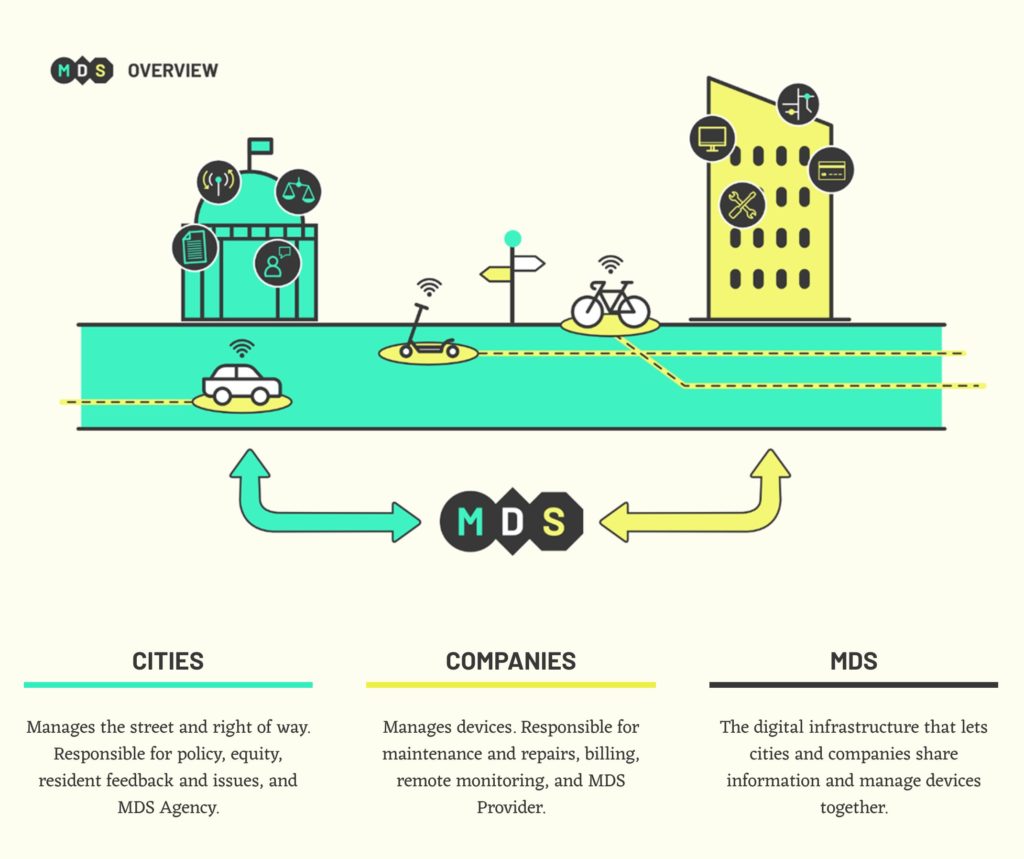
The latest version – MDS 2.0 – includes a variety of new features, making it more flexible and easier to implement. This includes:
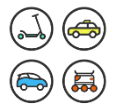
New Modes: MDS is now even more multi-modal. In addition to supporting use cases around shared e-scooters and bikes, MDS now also supports passenger services (taxis and rideshare), car share, and delivery robots.

Policy Improvements: The Policy API – which allows cities to set and share rules for how and where different shared vehicles can operate and other high-level policy initiatives – is now expanded and refined to meet common use cases. These updates make it easier to understand and implement.
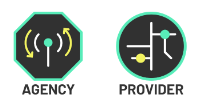
Agency/Provider Alignment: These two primary APIs that make up MDS allow cities and providers to communicate in different ways. Now, both share the same data types, endpoints, and fields. Agency pushes data to cities, while Provider pulls data from operators. Aligning the data structures in these APIs streamlines the specification and eases implementation.
AN OPEN SOURCE PROJECT
When public agencies, technology companies, and mobility operators work together with our communities, they can do great things – promoting safety, equity, and quality of life for all. That’s why the OMF works daily to harness technology’s power for the public good. We do this by creating an environment for stakeholders to collaboratively shape urban mobility management tools that help public agencies accomplish their policy goals.
This new version of MDS was developed through OMF’s unique open source model, built through the contributions of hundreds of people from many different organizations. This work takes place in a public working group regularly attended by public agencies, companies, subject matter experts, and the public. The group spent more than a year gathering use cases, discussing technical solutions, and collecting feedback from real-world experience.
A steering committee made up of OMF member organizations leads the MDS Working Group, including the cities of San Francisco, San José, Detroit, and Denver, Miami-Dade County, and the San Diego Association Governments, as well as Blue Systems, Lacuna, and Populus. Already, more than a dozen organizations are dedicated to upgrading to the newest version of the specification, including the cities of Bergen, San Francisco, Portland, Los Angeles, San José, and Denver plus technology companies and operators including Kiwibot, Populus, Lacuna, Blue Systems, and Ride Report.
WHAT’S NEXT FOR MDS 2.0
The MDS 2.0 release candidate will now go through OMF’s governance process, which includes review by the Privacy, Security and Transparency Committee, and votes by our Technology Council and Board of Directors, before being considered an official version. It may undergo some changes in this process. In the meantime, the release candidate has been approved by the MDS Working Group Steering Committee and is now available for public review and use. The official version is slated for release in May 2023.
The OMF has developed several resources to help cities and companies implement MDS, including privacy and policy guides. These resources will continue to grow as the 2.0 version makes its way through OMF’s review and approval process.
Community input and engagement are what drives this evolution. If you are a city, company, or individual who is interested in shaping the future of MDS, learn more about how to get involved. The MDS Working Group is open to both OMF members and individual contributors. To participate:
- Review the MDS 2.0 Release Candidate, follow progress, and chime in on our MDS repository on GitHub
- Get announcements, invitations, and review meeting agendas from the MDS Working Group mailing list
- Join bi-weekly meetings (Thursdays, 12pm ET) to discuss issues and hear from other contributors
IMPACTFUL CHANGES TO NOTE
As public agencies, technology companies, and operators upgrade and implement MDS 2.0, here are some impactful changes to note:
General
Sensor Data: New optional fields to include sensors are now available and in use in the field by many micromobility companies for tip-overs, surface type, and parking validation.
Data Provider ID: The new data provider id allows endpoints to include who is producing and serving up the data for operators or agencies. Software companies and solution providers can now register for their own global UUID to serve up operator or agency data with MDS.
Provider Reports: Reports have a new adaptive scooter special group type to improve accessibility program outcomes.
OpenAPI: OpenAPI support in place of JSON Schema allows the easier building of real-time MDS endpoint validation, and interactive documentation on Stoplight.
New Modes
Modes: The basic architecture of MDS is updated to have shared, common objects and fields, and allow specific fields as needed for each mode. New mobility modes can be supported now and in the future. All work and fields are based on existing real-world data exchanges between operators, agencies, and solution providers.
Provider ID per Mode: Operators must register a unique UUID for each mode they operate under. E.g. “Mobility Company A” may operate bike share and taxis, so they would need to register a provider ID for each of these modes: “micromobility” and “passenger-services”.
GBFS Alignment: Updated alignment with GBFS now means MDS includes all of their vehicle types (including seated scooter) with the addition of new ones (bus, truck, delivery robot, motorcycle), all propulsion types, and to require GBFS for only micromobility and car share (delivery robots and passenger services are options, but not well supported in GBFS).
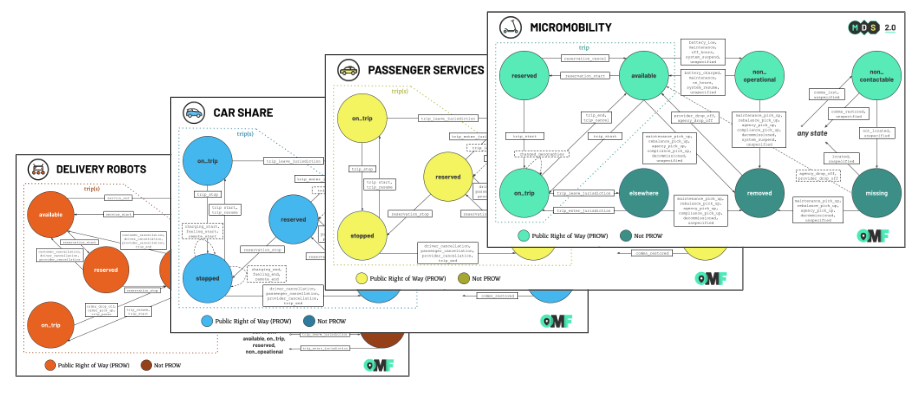
Each mode has its own vehicle states and events.
Policy Improvements
Use Cases in Requirements: An agency using digital Policy Requirements can now link to external use cases, communicating the reasons for their use of MDS and additional insight into how they manage their mobility programs.
Public City Rules: MDS data feeds that define operating policy and rules are now public by default, including the Policy, Geography, and Jurisdiction APIs.
Agency and Provider Alignment
Data Objects: Both Agency and Provider APIs use the same data structures, referenced in a new shared ‘data type’ file, with the same endpoints and fields available to each.
Trip Telemetry: Trip telemetry points are in a new dedicated endpoint, now separate from the “trips” endpoint.
Unknown Vehicle State: All vehicle states are clearly in or out of the right of way, with no “unknown” state.



